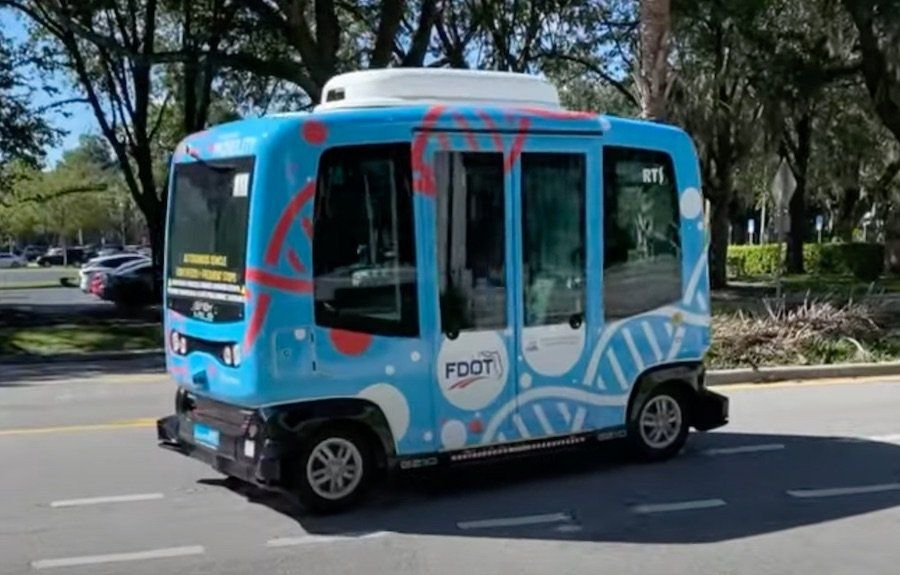Looking towards the future
District Two continues to look towards the future and new ways to manage the current and growing traffic demand in the region. The District is committed to identifying areas of innovation using Intelligent Transportation System (ITS) initiatives and emerging technologies.

Wrong-Way Driving
- FDOT District Two has recently started to install Wrong-Way Vehicle Detection Systems (WWVDS) on Interstate exit ramps and interchanges throughout the District to alert motorists that are driving in the opposite direction of traffic. The WWVDS provide alerts by flashing Light Emitting Diode (LED) highlighted signs to both the wrong-way driver.nThe WWVDS also alert the North Florida Regional Transportation Management Center (RTMC) operators of the wrong-way driver allowing the operators to immediately post messages to pertinent Dynamic Messaging Signs (DMS) to notify motorists of the wrong-way driver as well as Law Enforcement. As of September 2021, there are eleven operational WWVDS, with more currently being deployed.
Connected Vehicles
- The District Two Intelligent Transportation Systems (ITS) Program is looking towards implementing Connected Vehicle (CV) technology. Knowing that population growth will mean more vehicles on the roadway, resulting in additional congestion, more accidents, and increased travel times, CV technology will help minimize the number of accidents and optimize travel times to the greatest extent.
- Deploying CV technologies with Road-side Units (RSUs) will provide intersection specific data, traveler information messages, and signal phase and timing to vehicles equipped with On-Board Units (OBUs) and/or motorists, bicyclists, and pedestrians with Smartphone Applications. There are currently 45 RSUs in District Two. The CV technology will provide notifications to both the vehicle and the traveler, allowing the sharing of important and real-time traffic information. Vehicles will also use this information to perform autonomous operations, such as braking to avoid a pedestrian/bicyclist, and can share information with other vehicles with OBUs.
- These technologies are rapidly evolving as are the regulations associated with their use.
- District Two is committed to staying up to date on the latest developments with CV and regulations as well as other near-term technologies which will be used as part of the system.
Truck Parking
- FDOT developed the Truck Parking Availability System (TPAS) as a solution for the ever-growing problem of available truck parking for semi-trucks. Many truck drivers face extreme fatigue, so the TPAS initiative alleviates their search for parking spaces to rest.
- In District Two, the In District Two, the TPAS initiative consists of twenty-four Dynamic Message Signs (DMS) dedicated to displaying real-time information to truck drivers about the available number of parking spaces at upcoming rest areas so that a decision can be made, based on availability. This data is gathered from sensors that were installed in the pavement of the parking spaces to detect when a truck is present.


